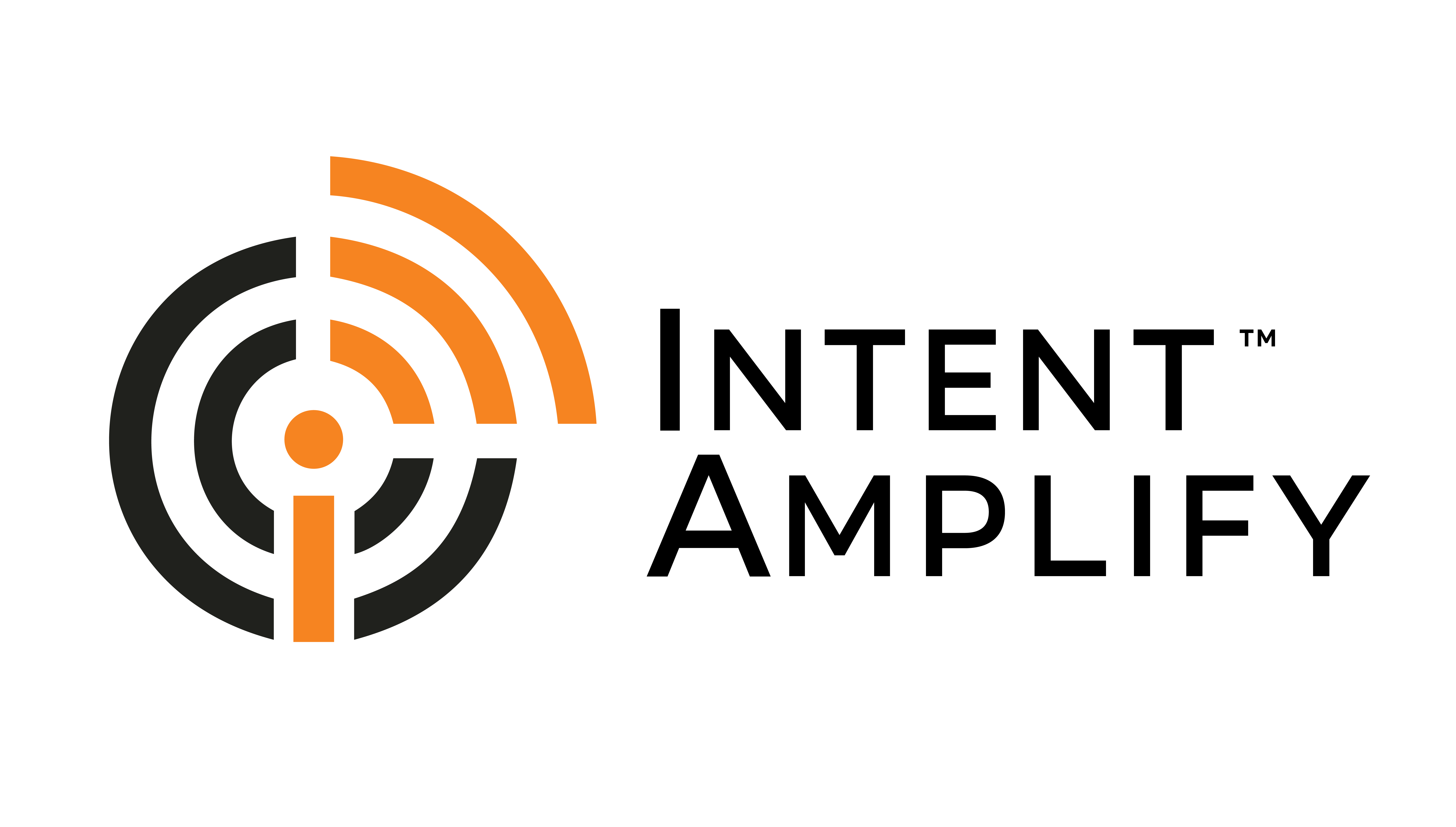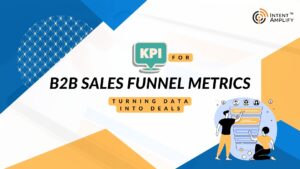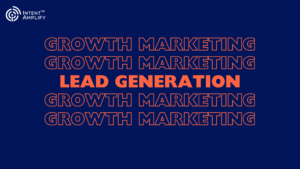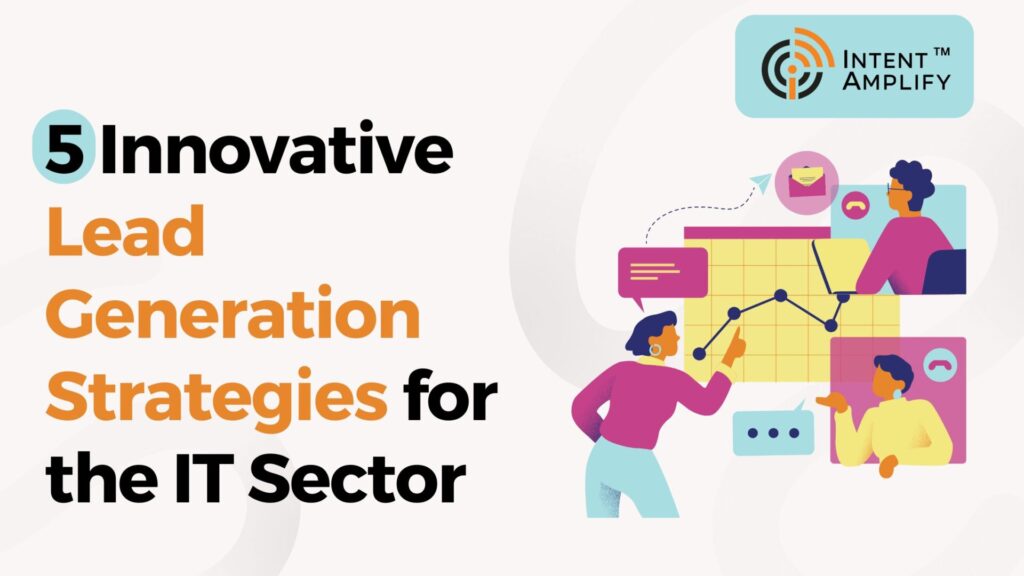
5 Innovative Lead Generation Strategies for the IT Sector
Lead generation holds immense significance for all businesses and generating quality leads is vital to B2B success in the fast-paced world of technology. But what makes it particularly important for IT companies?
Let’s support it with this stat: “Around 53% of B2B marketers are willing to spend half their budget generating leads.”
Employing lead generation in the IT sector can put you ahead in the competitive landscape, expand your customer base, and more.
Leads go through various stages before they become customers. It becomes necessary not only to capture leads but also to nurture them through their journey until they finally make their decision (purchase, of course!).
If a lead does not show strong signs of buying, you must neither let them slip away nor try to desperately sell them. Because none of the two extremes will be any good eventually. Rather, lead nurturing requires patience and perseverance along with good, personalized content at every stage that would influence their decision-making in our favor.
What we truly need are innovative lead-generation strategies in the IT industry that would capture, nurture, and finally convert leads into buying customers. So how do we do that?
In this article, we will discuss 5 lead-generation strategies for the IT sector.
1. Harnessing AI and Machine Learning
AI and machine learning have been the most thrown-around words in recent times. There is no point in denying the popularity that comes with the talent that they bring to the table.
AI and machine learning have played a key role in the development of B2B lead-generation strategies for the IT industry. They can churn mammoth scales of data with insane speed and accuracy, letting businesses valuable insights into their target audience and helping identify patterns, trends, and correlations that might otherwise go unnoticed.
The predictive lead scoring models can prioritize leads based on their likelihood to convert, enabling sales teams to focus their efforts on the most promising prospects.
AI and machine learning as a lead generation strategy for IT can help create hyper-personalized email campaigns, website experiences, and advertising messages, based on the interests and inclinations of particular leads.
AI and ML can adapt and evolve based on the ongoing analysis of data, allowing businesses to improvise their lead-generation strategies with time. By using artificial neural networks and sophisticated algorithms, AI can identify patterns that can generate leads successfully.
AI and ML-based Chatbots (based on a model similar to ChatGPT) can talk in real-time with website visitors and answer their queries. It can also gather their information and even schedule meetings – saving the need for human intervention. This simplifies the lead journey, enhances their experience, and nurtures them through the lead generation funnel as smoothly as possible.
2. Content Marketing with a Twist:
Content marketing is a great strategy that focuses on producing relevant, valuable, and attention-grabbing content with the intent of creating new leads from within a specified target audience. But ‘great’ may not be good enough for us, we want an “innovative” lead generation strategy for the IT sector. For that we have to market content but with a twist.
So while the basic content guidelines viz. creating content that stands out, writing well-written, well-organized content that adds value for the reader or consumer – remain the same, you should try other methods such as interactive tools, quizzes, or virtual experiences tailored to IT audiences.
Innovative Content Formats:
- Traditional content formats like blog posts and whitepapers are effective, but in the competitive IT industry, it’s crucial to stand out.
- Interactive tools, such as calculators or product configurators, allow users to actively engage with the content, making it more memorable and impactful.
- Quizzes and assessments provide an interactive way for IT audiences to assess their knowledge or needs, while also capturing valuable data for lead qualification.
- Virtual experiences, such as immersive demos or virtual tours, offer a unique way to showcase products or services, allowing prospects to experience them firsthand without physical presence.
Thought Leadership Content:
- Thought leadership content involves sharing insights, expertise, and industry knowledge to position a company as a trusted authority in its field.
- In the IT sector, where innovation and expertise are highly valued, thought leadership content plays a significant role in establishing credibility and building trust with potential leads.
- Thought leadership content can take various forms, including articles, case studies, webinars, podcasts, and videos, that provide valuable insights, analysis, and predictions related to IT trends, challenges, and solutions.
- By consistently delivering high-quality thought leadership content, IT companies can attract high-quality leads who are actively seeking relevant information and solutions, ultimately driving conversions and sales.
In summary, leveraging innovative content formats such as interactive tools, quizzes, and virtual experiences, alongside thought leadership content, enables IT companies to engage their target audience effectively, establish credibility, and generate high-quality leads in a competitive market landscape.
3. Embracing Emerging Technologies:
Emerging technologies such as virtual reality (VR) and augmented reality (AR) present a plethora of advantages for businesses seeking to generate leads and establish connections with potential customers. Here are some of the ways in which they act as innovative lead-generation strategies for the IT sector.
- Enhanced Engagement: VR and AR offer a more immersive and interactive experience for potential customers, fostering greater engagement and forging stronger connections with your brand.
Example: A Real estate company can use VR to create virtual tours of properties, allowing potential buyers to get a feel for a property before visiting in person. Another one would be that of a healthcare company using AR to create interactive experiences that allow potential patients to explore different procedures and treatments.
- Enhanced Product Demonstrations: These technologies enable the creation of interactive product demos, allowing potential customers to experience your offerings more tangibly. This facilitates better understanding and generates heightened interest in your products, ultimately leading to more leads.
- Compelling Sales Presentations: VR and AR can be leveraged to develop captivating sales pitches that are more engaging and memorable compared to traditional methods. This increases the likelihood of closing a sale and attracting new leads.
- Elevated Brand Awareness: Integrating VR and AR into your IT lead generation strategies showcases your company’s commitment to innovation and technological advancement. This enhances brand visibility and boosts awareness among potential customers.
- Improved Accessibility: VR and AR experiences can be accessed by a wider audience regardless of their location or physical capabilities. This expanded accessibility enables you to reach more potential customers and generate a greater number of leads.
Overall, VR and AR offer exciting opportunities for businesses to elevate their lead-generation efforts. By incorporating these technologies, you can create more captivating experiences, foster deeper connections with your audience, and ultimately, drive higher lead generation outcomes.
4. Networking in Virtual Spaces:
Virtual events and webinars present numerous advantages for IT companies seeking lead-generation opportunities. To begin with, they offer a cost-effective means of reaching a broad audience. Unlike traditional events which often come with hefty expenses, virtual events sidestep many of these financial burdens, enabling businesses to connect with their target demographic without incurring significant costs.
Moreover, a standout benefit lies in their capacity to engage a global audience. Virtual events transcend geographical barriers, enabling businesses to interact with potential customers worldwide without necessitating physical travel. This global accessibility broadens the horizons for businesses aiming to expand their customer base.
Furthermore, virtual events facilitate the cultivation of personal and immersive relationships with attendees, fostering trust and credibility. Webinars, for instance, afford live Q&A sessions which deepen engagement and forge stronger connections. Additionally, by crafting interactive and memorable experiences, virtual events leave a lasting impression on participants, fostering lead generation.
Lastly, these digital gatherings yield invaluable data and insights essential for refining future marketing and sales strategies. Through analytics, businesses can glean insights into the preferences and needs of their audience, enabling them to tailor their lead-generation efforts with precision and efficacy.
In summary, virtual events and webinars offer a plethora of benefits for IT lead-generation initiatives. Leveraging technology’s prowess, businesses can access a global audience, foster personal connections, and gather crucial data to drive future success in marketing and sales endeavors.
5. Gamification for Lead Generation:
Gamification entails integrating game-like elements, such as competition, rewards, and achievements, into non-game settings like marketing and business. When it comes to lead generation, gamification revolves around crafting interactive and captivating experiences for potential customers, inviting them to partake in enjoyable activities relevant to your business or industry.
The primary aim of employing gamification in lead generation is to motivate potential customers to take desired actions, like completing a form, subscribing to a newsletter, or making a purchase. By instilling a sense of excitement and challenge, gamification inspires potential customers to interact with your business and provide their information willingly.
For instance, a company might devise a quiz or game that assesses a potential customer’s comprehension of a particular subject linked to their business. Successful participants could be rewarded with discounts or exclusive offers, incentivizing them to progress and finalize a purchase. Alternatively, a business could orchestrate a scavenger hunt or challenge necessitating potential customers to navigate through different sections of their website, gathering clues to earn rewards or special prizes.
Gamification serves as an innovative tool for lead generation in the IT industry, enhancing the engagement process with a business by infusing elements of enjoyment and memorability.
